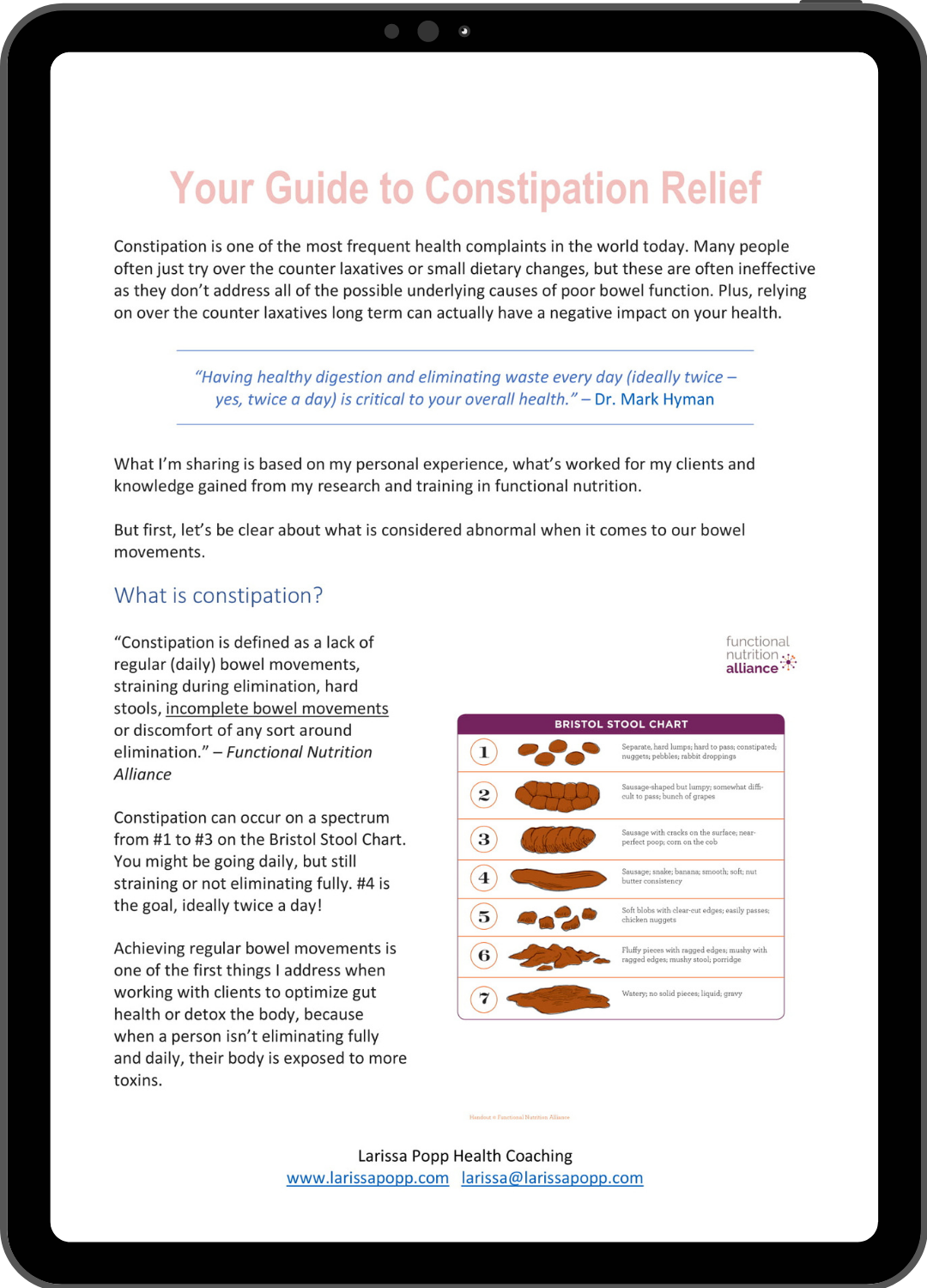There is now evidence that both poor metabolic health and poor gut health are connected to more severe COVID19 outcomes. This pandemic is really because the virus has landed on a susceptible host.
Dr. Ronesh Sinha, an expert on metabolic health, is now referring to COVID19 as a transmissible metabolic disorder. And I agree with him, and other experts, when they say that this pandemic is the result of the virus landing on a susceptible host.
Metabolic health is a very important overall marker of how healthy you are and your risk for all type of illness and disease, or “dis-ease.” Poor metabolic health is most often associated with heart disease, diabetes and stroke.
Based on a 2009 to 2016 survey by the National Health & Nutrition Examination on the prevalence of optimal metabolic health in American adults, only 12% of the adult population in the U.S. is metabolically healthy. An individual was considered metabolically healthy if they did not have any of these markers of metabolic unhealth: increased weight circumference, elevated fasting glucose about 100 mg/dl (which is actually higher than the optimal range), HbA1c above 5.7 (which is also higher than the optimal range), systolic blood pressure >120 or diastolic blood pressure > 80, triglycerides >150 (while less than 80 is optimal) or HDL that was <40 for men and <50 for women, and they were not taking any related medication.
Since this study did not use the ranges associated with optimal health, according to functional medicine standards, this means that even less than 12% of American adults has optimal metabolic health.
So, how do you know if you’re metabolically healthy?
Here’s the best markers to assess your metabolic health (according to Dr. Mark Hyman):
- Waist-to-hip ratio: optimal is <.8 for women and <.9 for men
- Triglyceride to HDL ratio (<2 is optimal) Can indicate insulin resistance if >2. Low levels of the HDL (“good”) cholesterol and high levels of triglycerides in the blood result in a high ratio, which you don’t want! Optimal HDL in men is >50 mg/dL and in women >60 mg/dL. Optimal triglycerides in men and women is <70 mg/dL.
- Fasting glucose: optimal is between 70-80 – Note that this is not a great marker on its own since it’s just a snapshot in time and there’s a lot of things that can elevate it, such as stress, hormone levels, time of day, whether you’ve fasted.
- Hemoglobin A1c: optimal is 4.3-5.5% — This is an average of blood glucose over 2-3 months and used to help diagnose diabetes and see how well someone is managing their diabetes.
- Fasting insulin: optimal is <5 mIU/ml –This is one of the best markers for metabolic health. It’s the first marker that’s going to elevate in the disease process of diabetes. Insulin levels are usually out of order long before there are abnormalities in blood sugar levels.
- Post-meal insulin: This is even better than fasting insulin alone; an insulin response test will measure insulin response one and two hours after taking a sugar drink. Most doctors won’t run it, but Dr. Mark Hyman considers it one of the most important tests to see what’s going on with metabolic health and he runs it on all his patients. At one and two hours after sugar drink it should never go over 30.
“Low insulin secretion is the secret to long life. One of the secrets to living to be 100 years old is having heightened insulin sensitivity and having lower insulin levels in your bloodstream. Higher insulin levels promote growth, promote fat storage, promote angiogenesis which allows tumor cells to grow and replicate too.” – Dr. Joel Fuhrman, MD
I have not yet tested my post-meal insulin, but I did these other tests this year and my fasting glucose was 75, fasting insulin was 2.6, HgA1c was 4.5%, and my triglyceride to HDL ratio was less than 1. Fortunately, I can call myself metabolically healthy! I wish the same for you!
If one or more of these numbers are out of the optimal range for you, don’t despair – be thankful that you found out now and not later! It’s actually quite simple to reverse insulin resistance (and type 2 diabetes) without medication, using diet & lifestyle modifications – and you’ll still being able to enjoy delicious foods! If you need support, I can help!
You can schedule a free consultation with me here to chat about your health goals, what steps I recommend you take to achieve those goals, and how I could support you.
Note: the optimal reference ranges I’ve provided are what Dr. Mark Hyman, a leading functional medicine doctor, and many other functional medicine doctors have found to be associated with optimal health.
Two of the main culprits of poor metabolic health in the American (and global) diet today are:
- industrial refined oils that are highly processed and high in omega 6 fatty acids (this includes: sunflower, safflower, canola/rapeseed, corn, cottonseed, soy, rice bran, and grapeseed oil) and
- processed refined sugar (stripped away from its food matrix); sugar within its food matrix such as whole fruits and raw honey is metabolized very differently in the body compared to refined white sugar.
Start by removing these from your diet – or at least start with removing them from your own kitchen. Always read labels because you’ll find that even that store-bought hummus or store-bought salad dressing that advertises on the front that it uses olive oil likely also contains refined canola or sunflower oil or soybean oil. And if you often eat out, start asking restaurants what type of oil they use for cooking.


